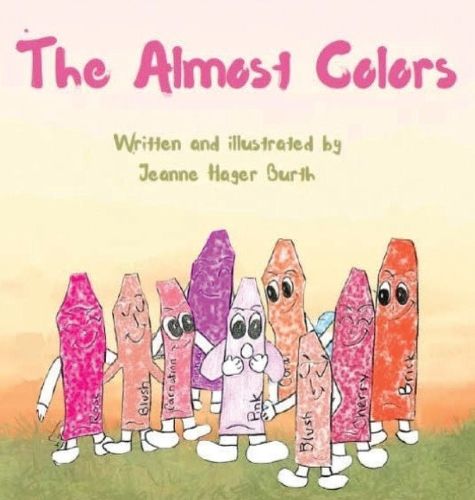Readings Newsletter
Become a Readings Member to make your shopping experience even easier.
Sign in or sign up for free!
You’re not far away from qualifying for FREE standard shipping within Australia
You’ve qualified for FREE standard shipping within Australia
The cart is loading…






The Almost Colors brings crayons to life, as they discuss their dilemmas as almost colors. The primary colors, being the only true colors, strive to convince the 'almost' colors of their own uniqueness as well as their relationships to each other. Some of the examples include the following: Pink is almost red, Baby Blue will never have his own name even when he grows up, and Tangerine is named after a fruit. Black and White join the discussion and tell of their all or nothingness as related to wavelengths of light. Together, the crayons learn that they are all needed.
Though the dialogue makes this a truly fictional story, science topics include color mixing and wavelengths of visible light. Further, the story may be used to relate feelings and emotions that colors provoke, such as the yellow embracing others with a 'warm' hug and red racing to find a solution. The author sees this as an opportunity for teachers to ask students to write poetry with emotions triggered by colors, do activities that are related to self-reflection based on colors, as well as study wavelengths of light and experiment with the mixing of colors.
$9.00 standard shipping within Australia
FREE standard shipping within Australia for orders over $100.00
Express & International shipping calculated at checkout
The Almost Colors brings crayons to life, as they discuss their dilemmas as almost colors. The primary colors, being the only true colors, strive to convince the 'almost' colors of their own uniqueness as well as their relationships to each other. Some of the examples include the following: Pink is almost red, Baby Blue will never have his own name even when he grows up, and Tangerine is named after a fruit. Black and White join the discussion and tell of their all or nothingness as related to wavelengths of light. Together, the crayons learn that they are all needed.
Though the dialogue makes this a truly fictional story, science topics include color mixing and wavelengths of visible light. Further, the story may be used to relate feelings and emotions that colors provoke, such as the yellow embracing others with a 'warm' hug and red racing to find a solution. The author sees this as an opportunity for teachers to ask students to write poetry with emotions triggered by colors, do activities that are related to self-reflection based on colors, as well as study wavelengths of light and experiment with the mixing of colors.